From the cold climes of Siberia, the tiger migrated to India about ten thousand years ago. It probably found shelter in the Sunderbans a dense estuary in West Bengal. The big cat is thus named as Bengal Tiger and it has spread all across the subcontinent wherever it could find suitable habitat. The scientific nomenclature of Indian or Bengal tiger is panthera tigris tigris. It is found in Nepal, Bangladesh, Burma, and India. The latter holds fifty percent of the global population.
For a long time, the Bengal tiger dominated the verdant landscapes as an apex predator till depredation and denudation took their toll. The overhunted big cat is now critically endangered and survives in protected areas or tiger reserves which are conservation units.
Assisted by Project Tiger Program which oversees the reserves and is protected by a strict mechanism, the number of this species is slowly and painstakingly rising. Will the tiger make a come back it is too early to say. For the beleaguered species, its fate lies in hands of policymakers and those who execute the conservation impetus. The public at large has to play a role as well by their advocacy for the survival of this species and a desire to conserve India's inheritance. It is important that humans albeit those out of the fold of administration act as an effective pressure group and keep the momentum going.


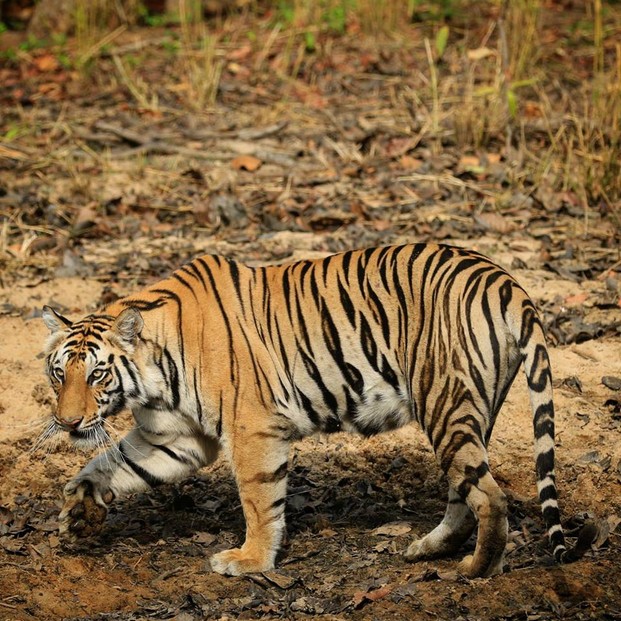
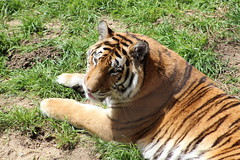
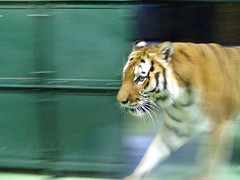


 India is known as the land of the tiger but as a matter of fact, this does not apply to the whole subcontinent. Upon its arrival in India, the predator has been very choosy so to say, and it had established itself in the dense forests and tall grasslands only. The open habitats did not suit the animal as it was an ambush hunter and hence a large portion remained with the Indian Lion which too was persecuted brazenly by the overzealous hunters in India and its habitat loss was as disastrous as that of the tiger.
India is known as the land of the tiger but as a matter of fact, this does not apply to the whole subcontinent. Upon its arrival in India, the predator has been very choosy so to say, and it had established itself in the dense forests and tall grasslands only. The open habitats did not suit the animal as it was an ambush hunter and hence a large portion remained with the Indian Lion which too was persecuted brazenly by the overzealous hunters in India and its habitat loss was as disastrous as that of the tiger. 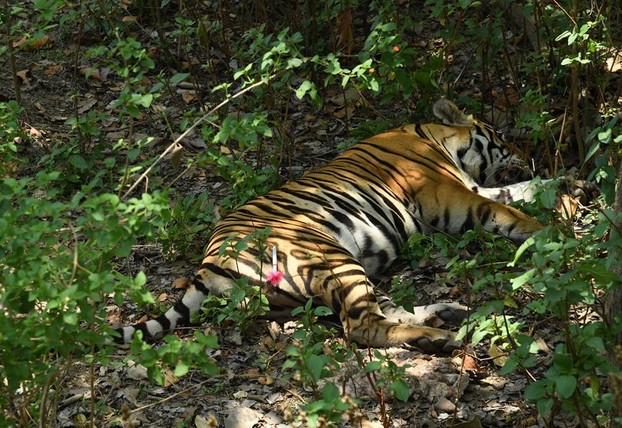
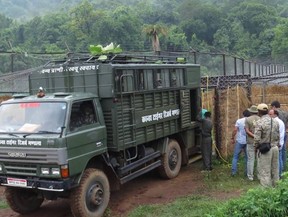 The conservation of species started in the year 1973 whence Project Tiger was initiated. It is a program to protect and conserve the species besides increasing its numbers in India. The major role is played by the tiger reserve which became conservation units.
The conservation of species started in the year 1973 whence Project Tiger was initiated. It is a program to protect and conserve the species besides increasing its numbers in India. The major role is played by the tiger reserve which became conservation units. 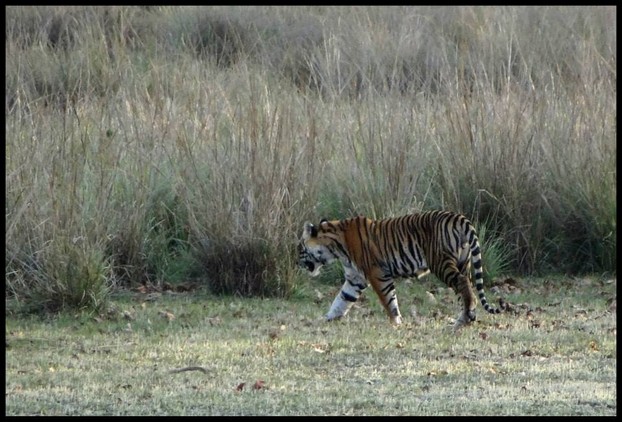
 There are more than fifty tiger reserves under the aegis of Project Tiger in India. The number of reserves is slowly increasing as more areas with big cats are discovered or found as viable breeding grounds.
There are more than fifty tiger reserves under the aegis of Project Tiger in India. The number of reserves is slowly increasing as more areas with big cats are discovered or found as viable breeding grounds. 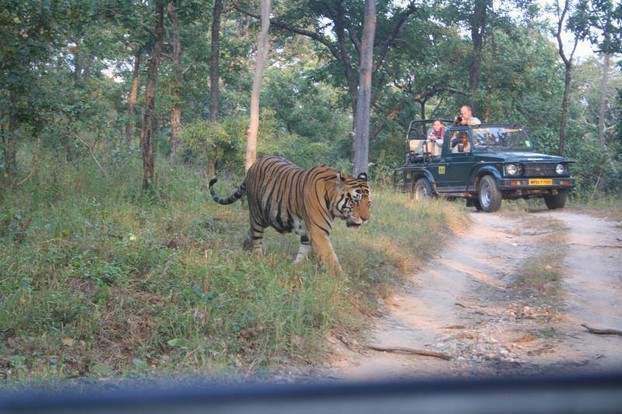
 Strictly regulated and well organized the safaris in the core are very popular among the tourists. People from far-off lands overseas and nearby places in the country make a beeline for tourism with the tiger in the focus.
Strictly regulated and well organized the safaris in the core are very popular among the tourists. People from far-off lands overseas and nearby places in the country make a beeline for tourism with the tiger in the focus. 

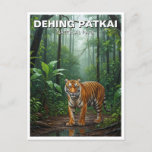
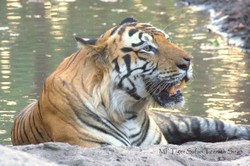

 Full Day Safari in Bandhavgarhon 08/29/2023
Full Day Safari in Bandhavgarhon 08/29/2023
 SEO Campaign: Website Overhaulon 02/13/2023
SEO Campaign: Website Overhaulon 02/13/2023
 Indian Food It Is Not All Curryon 02/08/2023
Indian Food It Is Not All Curryon 02/08/2023
 How Tiger Tourism is Organized in India?on 02/07/2023
How Tiger Tourism is Organized in India?on 02/07/2023
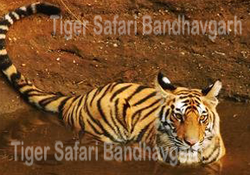
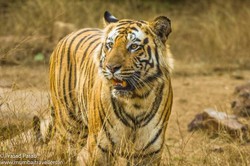
Comments
Yes! Thanks
pateluday, Thank you for the pictures, practicalities and products (especially the leggings!).
It's interesting that Ajanta was "re-discovered" because of 28th Cavalry Officer John Smith tracking a tiger to caves 9 and 10. It's too bad that Major Robert Gill then fit killing 250 tigers in-between painting the nearby, sister UNESCO WHC site Ellora: perhaps we would have more accurate, more complete information on the biogeography and history of the two sites if he hadn't been such a hunter.
Hunting if inevitable in a country should be allowed in control condition if the specie being hunted is overpopulated. But rather an alternative should be found and not hunt. This hunting instinct should be replaced by photography.
Sometimes big cats are killed because of aberrant behavior and subsequent threat to life of humans. They are killed by the permission of authorities in India.
We should provide food solutions to extremely poor countries but not through hunting.
But as of now there are no such circumstances that permit hunting for food since we are overpopulated with live stock, vegetables and grains. In India hunting wildlife is totally banned, and I support the law.
Lax laws are a threat to mankind as we see the pandemic now. Consuming wildlife can lead to infection by exotic strains against which we have no immunity.
Hunting merely for pleasure is barbaric and degrading.But some people genuinely hunt for food, which is acceptable..However, in a world with 7 thousand million people hunting for food will be at best a fringe activity.
As a basic rule I would say "kill only with a good and sufficient reason."
Yes This practice of hunting should be banned all over the World.
Hunting for a trophy is a waste. People are finally becoming aware of this and the hunter is often criticized.